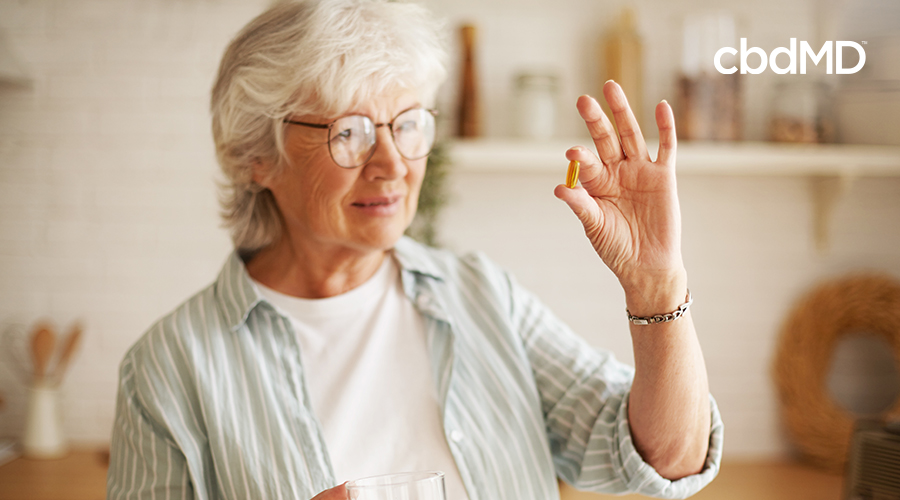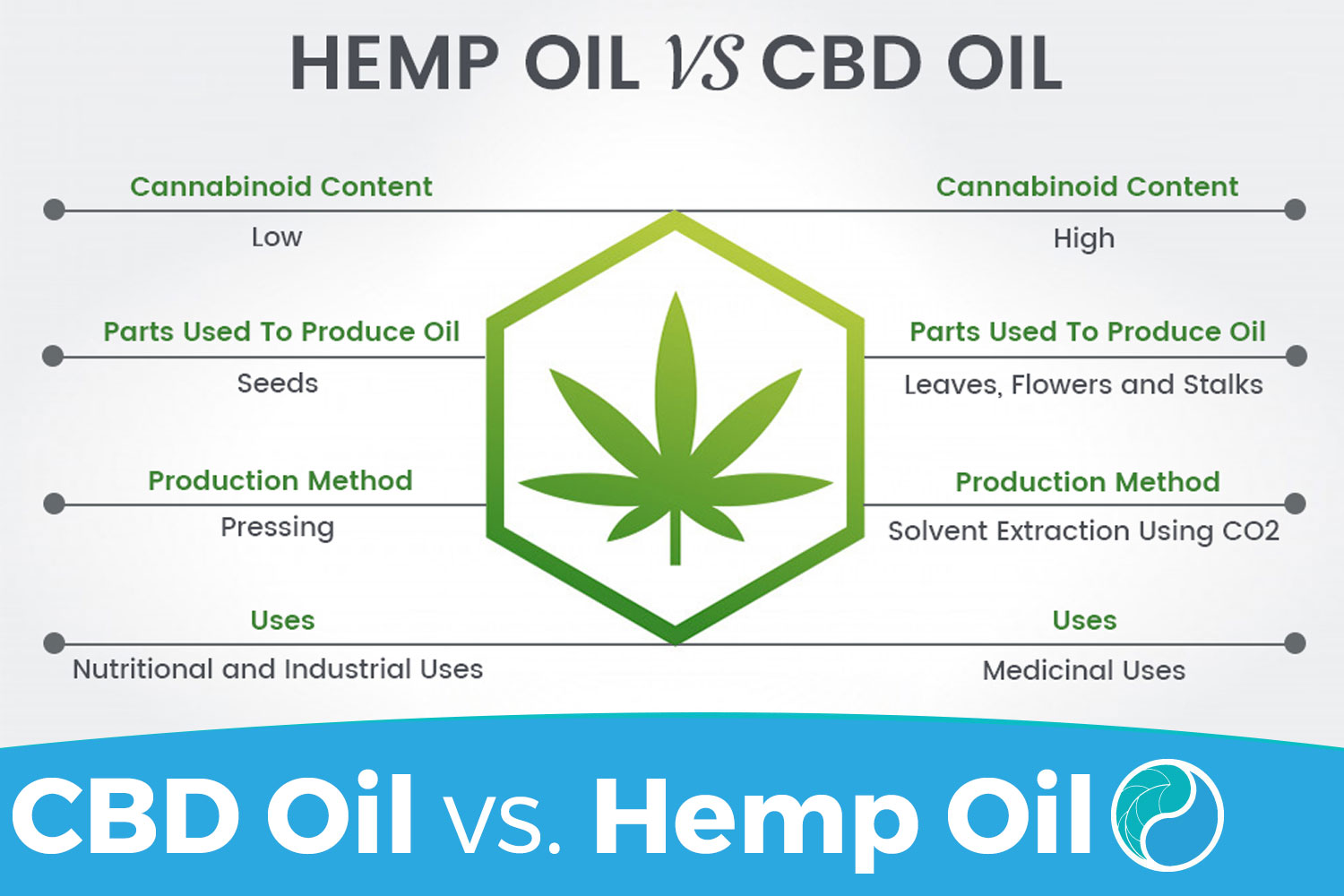
THC, the main psychoactive ingredient in cannabis, is what we call "THC".
THC (the main psychoactive chemical found in cannabis) attaches at cannabinoid-receptors in the brain and nervous, which causes the high. THC stays in the body for a longer time than most drugs, but its psychoactive effects last only a few hours. It can be taken orally in oils, edibles or sublingually dissolvable strips.
THC is found in marijuana, but in different levels. Some strains may contain as little as 0.3% THC, while others may contain as much as 20 percent. The National Highway Traffic Safety Administration states that the average THC in marijuana, hashish or hashish oil is one to five percent. Although the amount of THC found in recreational marijuana varies from one strain to the next, it is generally the same. However, the higher the THC content, you will need more to achieve the desired effects.
It can be detected in a person's breath up to a month after impairment subsides
The THC component of marijuana is detected in a person's breath up until one month after impairment has ceased. Because the drug remains in your body for 2 to 3 hours, you can detect it in breath samples long after impairment has subsided. The law enforcement agencies have been working hard to create new impaired driving detection equipment.

THC may be detected in some cases by a Breathalyzer. However, this does NOT necessarily mean that they were driving under the influence. Additionally, even months after the impairment has subsided, marijuana can still be detected by blood tests.
Cost
The arrest process will be revolutionized by a breathalyzer for marijuana, especially in states with zero tolerance like California where driving while impaired is illegal. The current procedure is for the officer to ask the suspect to complete a driving test, or a blood or urine test. This technology can save law enforcement money by eliminating these processes and reducing arrests.
The price of a brethalyzer for cannabis is high. Most of them cost more than $5,000 for a unit and a single cartridge. This is similar to the cost of alcohol breathalyzers, which can range from $60 to $1000. Some devices can be as affordable as $15 per cartridge, but others are less expensive.
Legality
Several companies and scientific research projects are developing prototypes for a marijuana breathalyzer. While the technology is still in its early stages, it has the potential to detect the presence of THC, the psychoactive component of marijuana. There are many legal problems with this device. First, it's not accurate because it cannot detect small amounts THC.

The National Institute of Standards and Technology (NIST) is currently developing standards for a marijuana DUI test. It is hoped that the marijuana breathalyzer will be available to the public by early next year. It is strongly advised that marijuana users refrain from driving after using it.
Regulation
The new marijuana breathalyzer could be used to regulate marijuana use on public roads. It could pose a problem for law enforcement. Because marijuana remains in the body for longer than alcohol, users could be tested at higher levels than other drivers. THC is also stored as fat cells in the body, making it more difficult for law enforcement to determine legal limits of impairment.
Another challenge is the development of a breathalyzer that can detect recent marijuana use without compromising its accuracy. It is hard to do as cannabis remains in the body well after the "high" has worn off. Fortunately, several startups are developing breathalyzers for weed regulation.
FAQ
Which states have the highest CBD intake?
California, Colorado, Oregon are the three most populous states. These states have high populations, high incomes, low unemployment, and large populations. They also have higher levels of hemp farming than other states.
California leads the way because its economy is heavily based on agriculture. California produces a lot of the country's fruits, vegetables. Because cannabis comes from the same plant that hemp, this makes sense.
Colorado and Oregon follow close behind because they both produce marijuana for medical purposes. California and Oregon, however, don't allow recreational use of marijuana.
Other states that rank highly includes Washington, New York, Florida, Illinois, Pennsylvania, Mississippi, and Texas.
How much CBD is required?
The product type you're using will affect the amount of dosing.
CBD oils come with a range of strengths: 100mg to 1000mg per ounce.
Some CBD products are made with precise dosages.
Charlotte's Web produces CBD products with high levels of CBD and other substances.
If you're unsure about CBD's effectiveness for you, you can try a lower dose.
You can always go up later.
Is there any evidence CBD has anxiety-reducing properties?
CBD oil is effective for treating anxiety because it interacts with certain receptors in the brain called CB1 and CB2. The mood and stress responses are controlled by the endocannabinoid system.
CB1 receptor is activated when our bodies feel anxious. This receptor activates and sends signals to amygdala which is responsible for emotional processing.
When the CB1 receptor blockage occurs, the amygdala is unable to receive the signal necessary for processing emotions. As a result, people who take CBD experience fewer negative feelings.
2017 study found that CBD helps reduce anxiety in social phobia patients. Another study revealed that CBD helped reduce symptoms of PTSD.
A 2018 review concluded CBD has anxiolytic potential and could be used to treat generalized anxiety disorder.
Another study concluded that CBD may help with panic attacks.
However, numerous studies have shown CBD to increase anxiety levels in mice.
According to the researchers, this discrepancy between animal and human data may be due in part to differences in CBD's effects on humans and animals.
CBD is not subject to any long-term safety tests. But, experts are unanimous in their belief that CBD is safe when used according to directions.
What is the size of the global CBD market?
Euromonitor International estimated that the global CBD industry was worth $US3.5 billion in 2015. This is an increase of more than 10% compared to 2014.
This report predicts that the figure will rise to $US6.4 trillion by 2020, which is an average annual growth rate at 12%.
CBD products are expected account for about half of all hemp products worldwide by 2020.
This includes CBD oils, as well other CBD products, including food, beverages cosmetics, pet care, and CBD oils.
Statistics
- HR −16 mmHg; 95% CI −26, −6; I2 = 92%) (ncbi.nlm.nih.gov)
- A recent study [161] also found that in vitro CBD treatment (i.e., ≤ 2 h exposure to 10 μM) induced ~40% vasorelaxation in isolated (pre-constricted) (ncbi.nlm.nih.gov)
- OralWhere HED is the human equivalent dose, and Km is a correction factor estimated by dividing the average body mass (BM) of the species (60, 0.020, and 0.150 kg for 11 humans, mice, and rats, respectively) and by its surface area (see: Nair et al. (ncbi.nlm.nih.gov)
- The inhibition of FAAH is predicted to lead to an increase in brain and plasma concentrations of AEA, which acts as a partial agonist at CB1R and CB2R, thereby increasing endocannabinoid tone [92, 110]. (ncbi.nlm.nih.gov)
- however, one study also found that these effects were virtually abolished when the original media (a nutrient broth agar) was replaced with one containing 5% blood (increasing the minimum concentration to ~160 μM CBD) [179]. (ncbi.nlm.nih.gov)
External Links
How To
How to promote CBD using social media
Social Media channels include Facebook, Twitter Instagram, Pinterest and Instagram.
Social Media Marketing (SMM), one of the most powerful and effective marketing tools, is available to you today. It allows you to connect with customers and prospects at scale without ever having to pick up the phone or send out a mass email! Only thing that can hold you back is your imagination. Which strategy do YOU believe would work best for your business?
CBD is a Cannabis Sativa extract that has medicinal benefits. There are many kinds of CBD products. But the main ones are full spectrum or isolate. Isolate is made with pure CBD oil from the hemp plant. Full spectrum means that the cannabinoids come from the entire plant.
Full Spectrum CBD oils are extracted from whole hemp plants. They contain some THC making this type of CBD oil legal in certain countries. You cannot obtain CBD oil with THC if medical marijuana is banned in your state. Although hemp plants have low levels of THC, they still have enough THC to make them illegal.
You could advertise on Facebook if your CBD products are sold online. However, you wouldn't choose to advertise on YouTube or Pinterest as they don't offer the best platform for CBD marketing. It is important to choose the platform that appeals to your audience and their preferences. Medium is a great platform to use if you are trying to reach people who read articles more than watch videos.
Your goal is to attract new leads to your website and convert them into paying customers. This means attracting the attention of potential customers. To achieve this, you must provide value first. When they find value from your content, they will begin to trust you. And when they trust you, they will become your lead.
The sections that follow describe how to create and manage advertising campaigns on Facebook.
Facebook Advertising Setup :
Create an Ad Account
Follow these steps to create an ad-based account
-
Click "Create New Campaign."
-
Type a name for your campaign.
-
Pick a location for your ads.
-
Pick whether to target particular locations.
-
Set your budget.
-
Check the box next to "Advertising Manager."
-
Click "Next step."
-
Scroll down to select the page layout you want to use for your ads.
-
Add tags to your campaign by clicking the "Add Tags" button.
-
Click "Save to Continue."
-
Follow the steps to complete all fields.
-
Click Continue to proceed.
-
Please complete the required information.
-
Click Continue
-
Please review the information and click "Confirm".
-
Your account has been created.
You can now add keywords to the ad account.
Targeting Option
Facebook offers four options to target ads, as mentioned above.
Location-Based Targeting:
You can target users using their postal code, location, country, or continent. Targeting anyone within 100 miles of Seattle is possible, for example.
Demographic Targeting
You have the option to target people based on age, gender, relationship status, education level, occupation, income, interests, religion, political affiliation, and more.
Interest-Based Targeting:
You can also target people based their interest in your product. If someone is interested in hiking, for example, they can be targeted.
Behavioral Targeting
This is similar to interest-based targeting, except instead of targeting people based on their interests, you are targeting people based on what actions they take. This could be used to target people who click on your hyperlink and visit your site.
Keywords
Keywords are an integral part of any Facebook marketing strategy. They are used to place your ads on Facebook. After creating your ad accounts, you will be asked for a list of keywords. The size of your account will affect the number of keywords you are allowed to include.
Keyword Suggestion tool:
You may find it helpful to use our keyword suggestion tool, located on the screen's right-hand bottom. It allows you to search through suggested keywords related to your current selection.
Keyword Suggestions
After you have entered your keywords the suggestions that will appear will depend on what type of targeting you selected. Each type of targeting will have different suggestions.
Follow the prompts to publish your first ad.